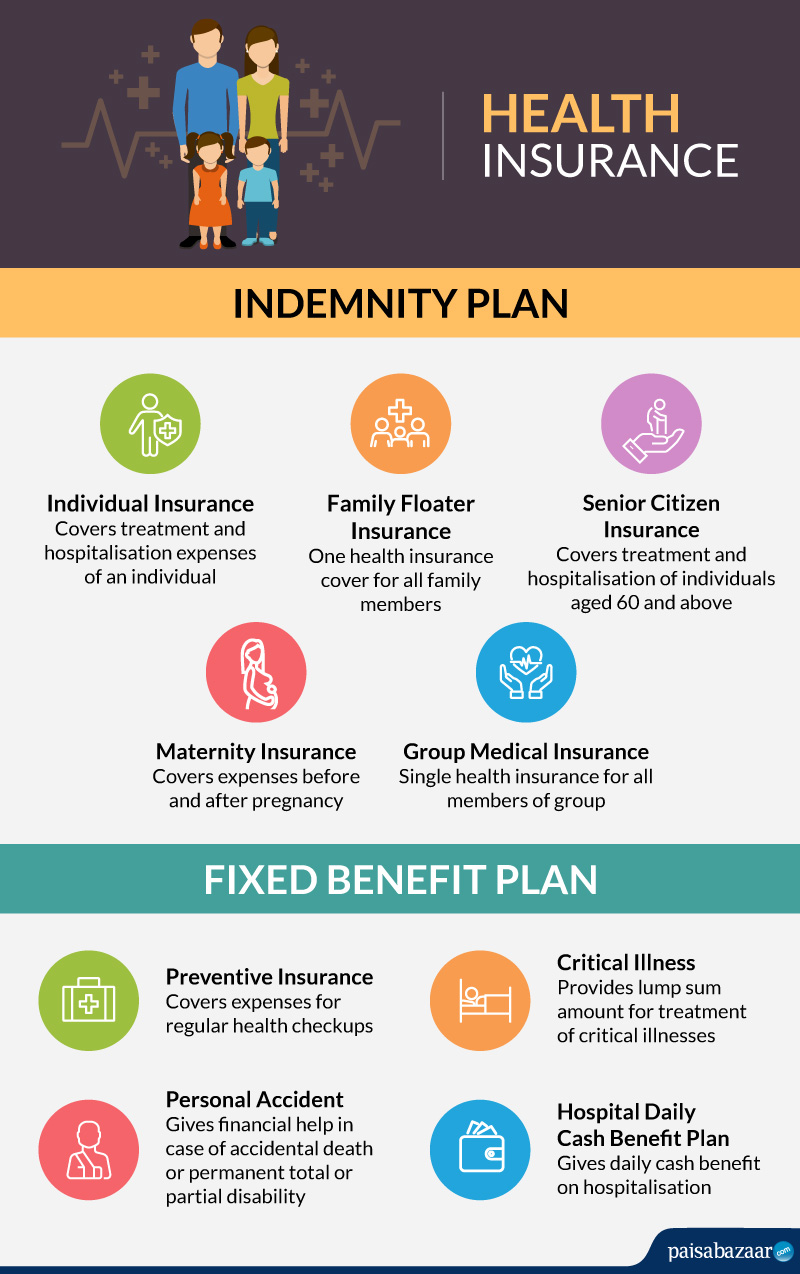The Basic Principles Of Medicare Advantage Agent
The Basic Principles Of Medicare Advantage Agent
Blog Article
The smart Trick of Medicare Advantage Agent That Nobody is Discussing
Table of ContentsNot known Details About Medicare Advantage Agent Some Known Details About Medicare Advantage Agent The 6-Second Trick For Medicare Advantage Agent

follows from perplexing the reasonably young age account of the uninsured with the far better wellness, typically, of younger persons. This covers the web link in between wellness status and health insurance coverage. For those without accessibility to office medical insurance, inadequate health is a prospective barrier to acquiring nongroup protection due to the fact that such insurance coverage might be very priced, leave out pre-existing conditions, or be simply inaccessible. The number of uninsured Americans is not specifically huge and has actually not transformed in recent years. Seven out of 10 respondents in a country wide representative study believed that fewer Americans did not have medical insurance than really do(Fronstin, 1998). Roughly fifty percent(47 percent )thought that the number of people without medical insurance decreased or continued to be constant over the last fifty percent of the last years(Blendon et al., 1999). This drop of virtually 2 million in the number of individuals 'without insurance policy (a reduction
of about 4 percent)is absolutely a positive modification. With a softer economic situation in 2000 the most up to date reported gains in insurance coverage might not proceed(Fronstin, 2001 ). The decline in the variety of without insurance will not continue if the economy remains slow and healthcare prices continue to surpass inflation. This is since the information were accumulated for a duration of solid financial efficiency. Of the estimated 42 million individuals that were uninsured, almost about 420,000(concerning 1 percent)were under 65 years of age, the age at which most Americans come to be eligible for Medicare; 32 million were grownups between ages 18 and 65, around 19 percent of all grownups in this age; and 10 million were kids under 18 years of age, concerning 13.9 percent of all youngsters (Mills, 2000). These price quotes of the number of persons without insurance are generated from the annual March Supplement to the Present Population Study (CPS), performed by the Demographics Bureau. Unless otherwise kept in mind, national estimates of individuals without health and wellness insurance and proportions of the populace with different type of protection are based upon the CPS, the most widely utilized source of estimates of insurance protection and uninsurance rates. These studies and the quotes they yield are described briefly in Table B. 1 in Appendix B - Medicare Advantage Agent. These studies differ in size and tasting methods, the inquiries that are inquired about insurance coverage
The Facts About Medicare Advantage Agent Uncovered
protection, and the time period over which insurance coverage or uninsurance is measured(Lewis et al., 1998, Fronstin, 2000a ). Still, the CPS is especially beneficial due to the fact that it creates annual quotes relatively quickly, reporting the previous year's insurance coverage estimates each September, and due to the fact that it is the basis for a constant set of price quotes for more than twenty years, permitting analysis of patterns in insurance coverage gradually.

The 4-Minute Rule for Medicare Advantage Agent
Over a three-year duration beginning early in 1993, 72 million individuals, 29 percent of the united state population, lacked coverage for at least one month. Within a single year(1994), 53 million people experienced a minimum of a month without insurance coverage(Bennefield, 1998a). Six out of every 10 without insurance grownups are themselves used. Working does enhance the probability that one and one's family participants will certainly have insurance coverage, it is not an assurance. Also members of family members with two full time wage earners have almost a one-in-ten chance of being uninsured (9.1 percent without insurance rate)(Hoffman and Pohl, 2000 ). The relationship in between health and wellness insurance policy and access to care is well established, as recorded later on in this phase. Although the relationship in between health insurance coverage and health and wellness end results is neither straight nor straightforward, a substantial scientific and health solutions study literary works web links wellness insurance policy protection
to better accessibility to care, much better high quality, and improved individual and populace health and wellness status. The 2nd record, on individual health outcomes for uninsured grownups, is represented by the innermost circle of the number, while the 3rd record, on family members well-being, includes the subjects of the second report yet emphasizes a different unit of evaluation, particularly, the family. The sixth report my company in the series will present details about methods and initiatives taken on locally, statewide, or nationally to resolve the lack of insurance and its negative impacts. Levels of analysis for checking out the impacts of uninsurance. This conversation of health and wellness insurance protection focuses primarily on the U.S. populace under age 65 because virtually all Americans 65 and older have Medicare or other public protection.
It focuses particularly on those without any kind of health insurance coverage for any type of length of time. The troubles faced by the underinsured are in some areas similar to those encountered by the uninsured, although they are typically much less serious. Uninsurance and underinsurance, nevertheless, involve distinctly various policy problems, and the approaches for addressing them might differ. Throughout this research study and the 5 reports to follow, the major emphasis gets on persons without medical insurance and therefore no assistance in paying for healthcare beyond what is available with charity and safety internet institutions. Medical insurance is an effective element influencing receipt of treatment since both people and physicians react to the out-of-pocket cost of services. Medical insurance, nonetheless, is neither essential neither adequate to get to clinical services. However, the independent and direct result of health and wellness
insurance policy coverage on access to health solutions is well developed. Others will obtain the health care they need even without health and wellness insurance, by spending for it expense or seeking it from carriers who provide treatment free or at extremely subsidized prices. For still others, medical insurance alone does not guarantee invoice of care due to other nonfinancial obstacles, such as a lack of health care companies in their area, limited accessibility to transportation, illiteracy, or linguistic and social distinctions. Formal research concerning uninsured populaces in the United States dates to the late 1920s and early 1930s when the Board on the Expense of Healthcare created a collection of reports about financing physician office sees and hospitalizations. This issue ended up being salient as the numbers of medically indigent climbed up throughout the Great Clinical depression. Empirical studies constantly sustain the web link in between accessibility to care and enhanced wellness end results(Bindman et al., 1995; Starfield, 1995 ). Having a routine source of care can be considered a forecaster of access, instead of a direct measure of it, when health and wellness end results are themselves made use of as gain access to indications. This extension of the notion of accessibility measurement visit their website was made by the IOM Board on Keeping An Eye On Accessibility to Personal Healthcare Provider(Millman, 1993, p. Whether moms and dads are guaranteed shows up to affect whether their children get treatment in addition to just how much careeven if the children themselves have insurance coverage(Hanson, 1998). The health of moms and dads can affect their ability to look after their kids and the level of family members stress and anxiety. Stressing over their kids's accessibility to care is itself a source of stress and anxiety for parents. Three chapters follow in this record. Chapter 2 offers a review of how employment-based medical insurance, public programs and private insurance plan run and engage to give extensive however insufficient protection of the U.S. population. This includes a testimonial of historical patterns and public policies impacting both public and personal insurance coverage, a discussion of the communications amongst the various kinds of insurance, and an examination of why people relocate from one program to one more or wind up

Report this page